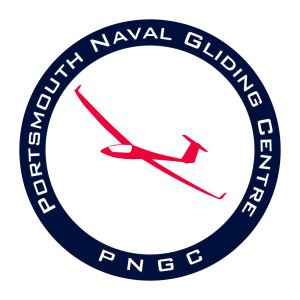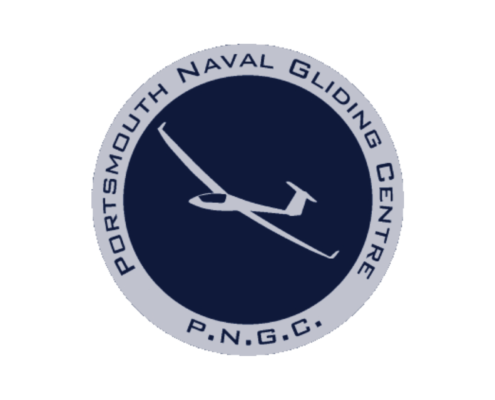Purest form of flying
A glider is a fixed-wing aircraft – but without an engine – designed for the ultimate in-flight performance, using only the energy from the atmosphere to stay airborne for hours. Modern gliders can achieve a glide ratio in excess of 60:1 and can cover vast distances – the UK record is over 1000km (600miles) – and was achieved from Dunstable.
To remain aloft the pilot needs to find lift. There are 3 main sources of lift for a glider. Thermals are columns of rising warm air thousands of feet high often topped by a cumulus cloud. There is also hill or ridge lift. When the wind blows against a hill, the air rises, allowing the glider can fly along the ridge. Finally there is Mountain wave, this is the result of the air rising over a large hill/mountain, falling down the other side and then bouncing back up into the air, this can give lift to enormous heights – the record is over 50,000 feet!
Gliding is definitely a ‘team’ activity, with everyone, of all ages, backgrounds and levels of experience joining together to ensure smooth and safe operation of the airfield. Members build a very high level of mutual trust, cooperation and camaraderie. It’s a great way to meet new friends from all walks of life.
Launching a glider
In the early days of gliding, the gliders were launched by ‘bungee’ – catapulted off the top of the ridge with an elastic rope pulled by a group of enthusiastic volunteers! Nowadays we launch by winch or aerotow.
A winch launch is perhaps the most exhilarating way to get airborne. The glider is hooked onto a very long cable which is connected to a large winch at the other end of the field. Once the all out signal is given the engine winds the cable in. Much like running with a kite, the glider very quickly gains enough speed to fly and climbs into the air. With a good headwind, launches of 1500 feet or more are common.
An Aerotow is where the glider is towed into the air behind a powered aircraft; such as our tug aircraft Supermunk ‘ZZ’. Depending on the weather and the purpose of the flight, aerotows are generally to between 2000 and 4000 feet above the airfield. To get to 2000 feet takes about 6 minutes.
The higher the aerotow, the greater the initial range of the glider, allowing the pilot to reach thermals further away from the airfield.

